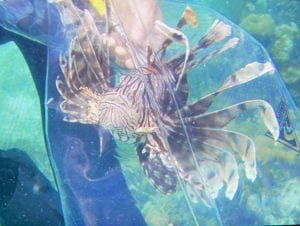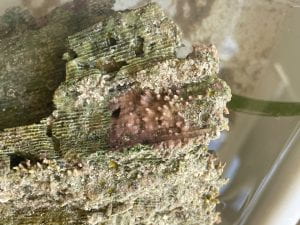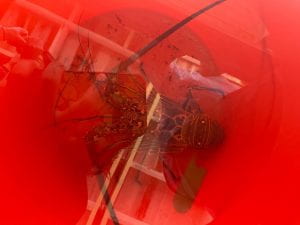Hey y’all!
After a few days to unwind and reflect on the trip, it has been really cool to think about the rainforest and reef and why they’re both so rich in animal biodiversity. From what I saw, it looked like a big reason that both of these areas had so many different types of animals was of how focused each species was in its lifestyle. Because each animal species has such a specific, narrow place it lives and small range of food it eats, this allows for a lot of animal species to live in the same space. Another thing that might affect the high number of animal species is the ability of plants and animals to spread across areas with their seeds or eggs/offspring. This lets younger animals and plants move to areas where they would not have to compete with older members of their species for food and living spaces.
I personally noted how, in each ecosystem, you almost never saw the top predators and larger animals of either area on a typical hike or snorkeling trip. Predators of both ecosystems were really good at hiding and tended to mostly if not only hunt at night when it would be even harder for them to be spotted as well as easier for them to catch prey. I also noted how both the reef and rainforests had so many different potential hiding places for the animals that lived there, whether prey or predator.
(Walking through the rainforest at night)
I think that the course exceeded my expectations in almost every way. The hikes were longer than I expected, the projects took more work than I expected, and the pre-trip work (the presentations and taxon ID sheets) required a much higher level of preparation than I ad expected when applying for the course. But I’m glad they were because it helped make the feeling of adventure was even more thrilling and wonderful than I had expected. (Oddly enough, there were not as many encounters with venomous snakes as I had expected based on Dr. Solomon’s stories–not sure if I’m relieved or sad about that…)
(Marking Tape is the new Pink!)
I think my favorite part of the course was getting to see the animals of the taxa I had researched standing, walking, and swimming right in front of me instead of just sitting on the page of a book. The Damselfish in particular were so amazing to see in person, and it was always a lot of fun watching them chase off trespassing fish from their territories!
(Yuca Red Rump Tarantula on top of Caana at Caracol)
(Threespot Damselfish-juvenile)
It’s hard to choose a least favorite part of the course, but if I had to–and I do thanks to the professors–I would say my least favorite part was trying to take photos underwater for blogs and project data! Don’t get me wrong, touch screens are awesome, but really finnicky underwater! I would set my phone to take pictures or videos, but when I went underwater, the phone would sense the motion of the currents and treat said motion like a swipe on the screen. It was often the case where I would go down to video a Damselfish or something else for another project and by the time I tried filming said fish, the video setting would be changed to ‘Blur’ (I still question why that’s even a video setting)!
While there were so many things that I learned from this trip, the following three things really stuck with me:
- Conservation work involves more than just one group: In many of the presentations that leaders in conservation groups such as Friends for Conservation and Development and the Wildlife Conservation Society, discussed the work required work with so many people, including patrol personnel such as the Belize Coast Guard and rangers to protect the reserves and enforce the rules.
- Threats to wildlife threaten the health of local communities economically (for tourism and the sustainable harvesting of natural resources for trade) and nutritionally (for preserving natural food sources of fish and fruit)
- I learned how to look at our projects from another perspective to consider the potential errors and how they could be improved upon in future studies.
(Mr. Kenneth’s Presentation about the Wildlife Conservation Society)
I hope you have enjoyed these blogs as much as I enjoyed writing them and remember: Adventure is out there!



















































